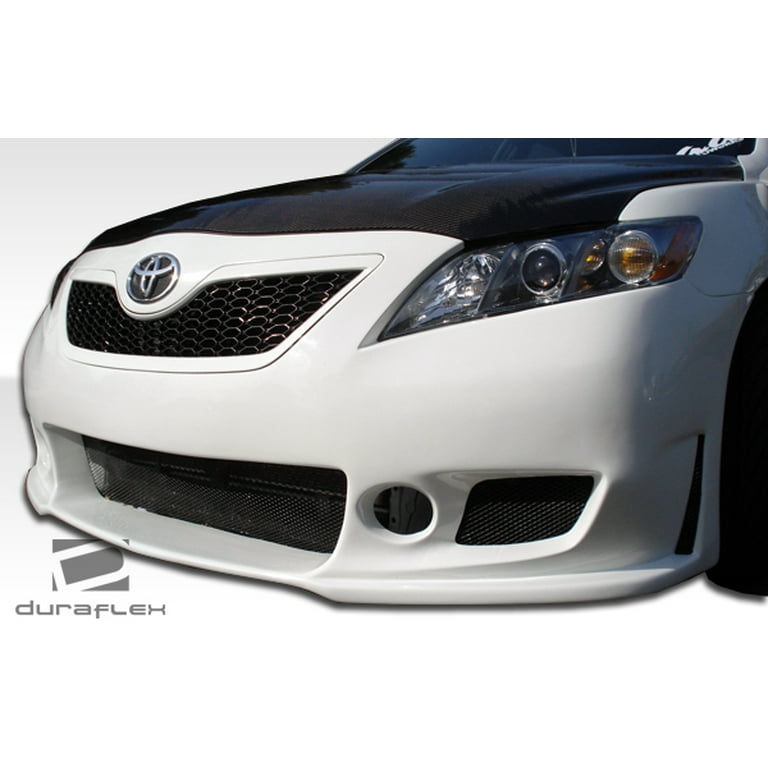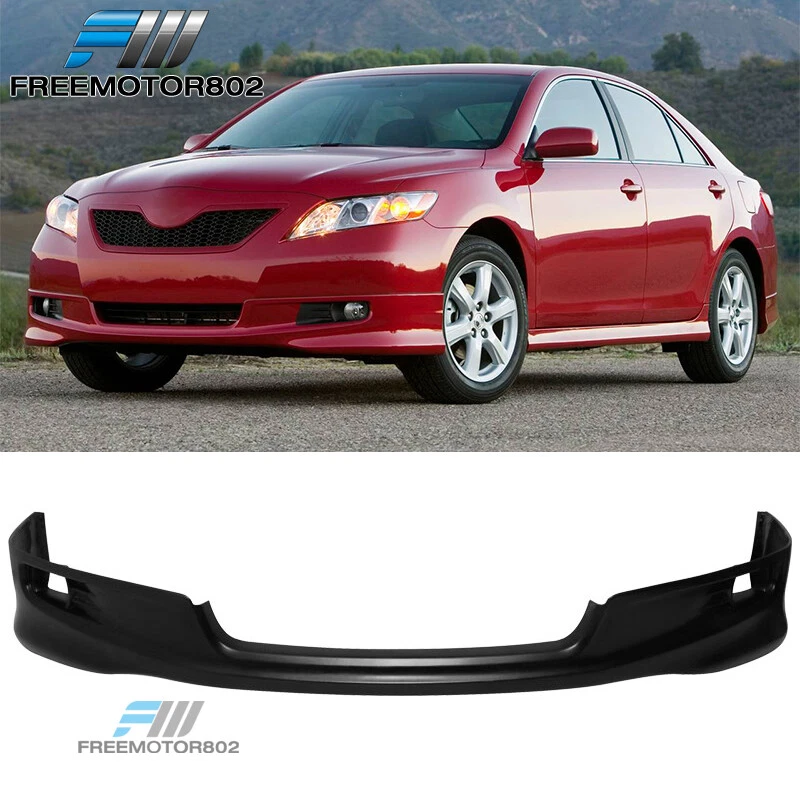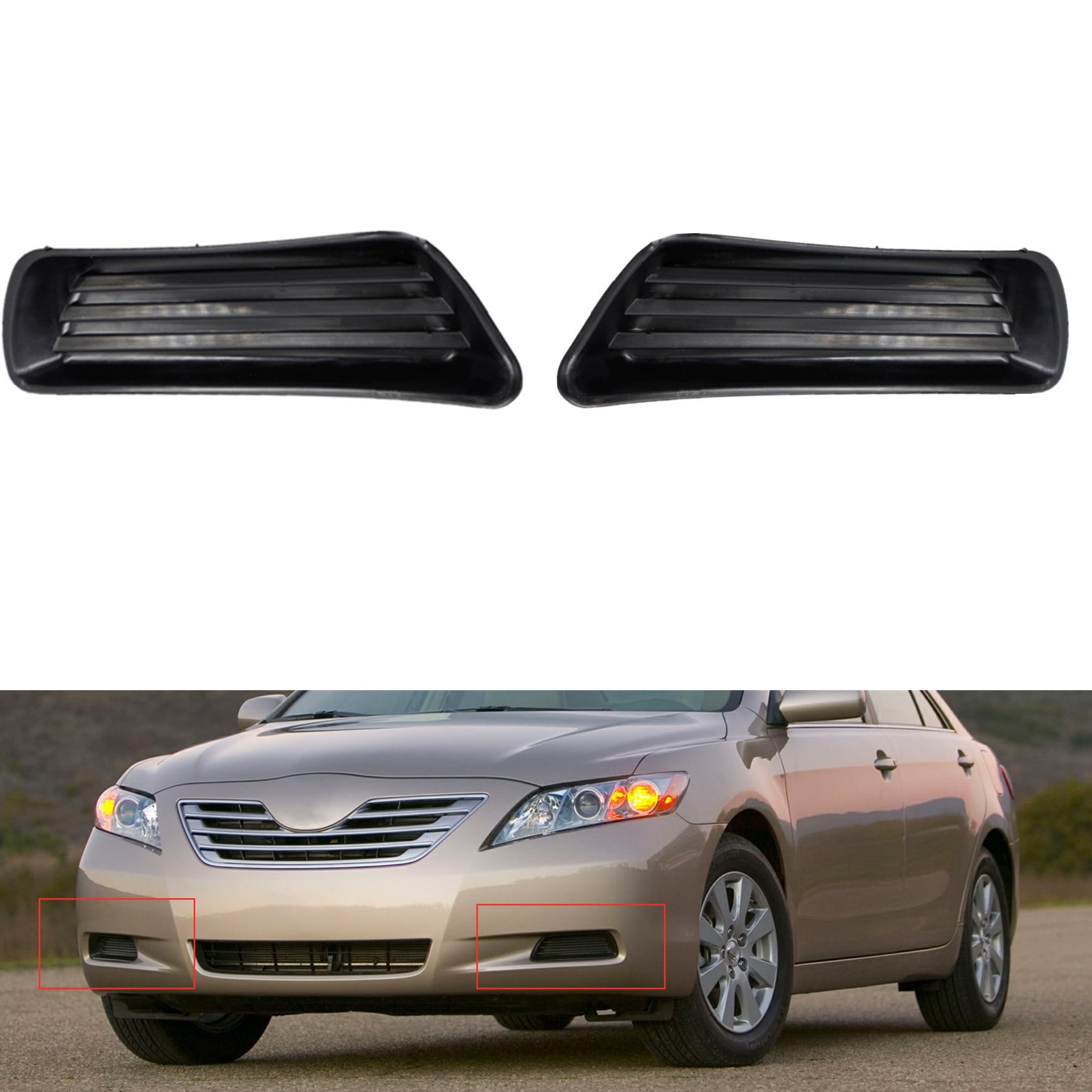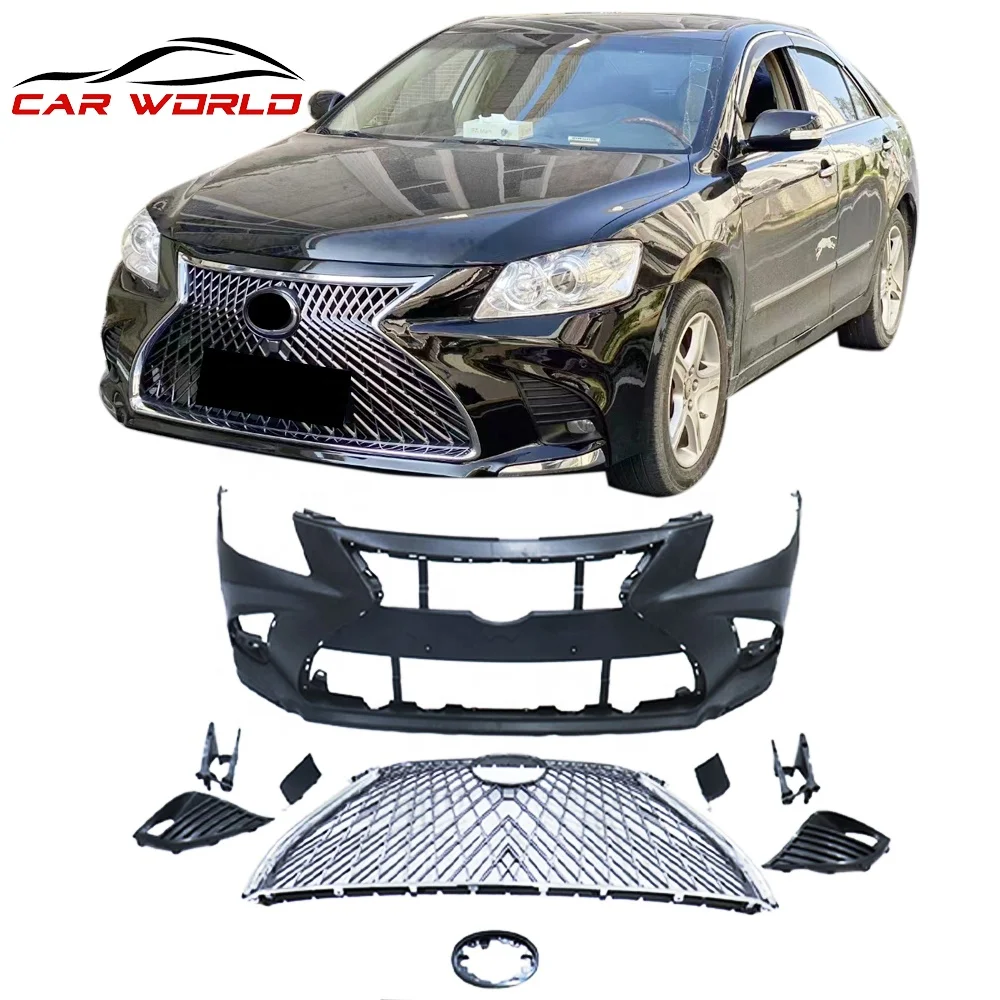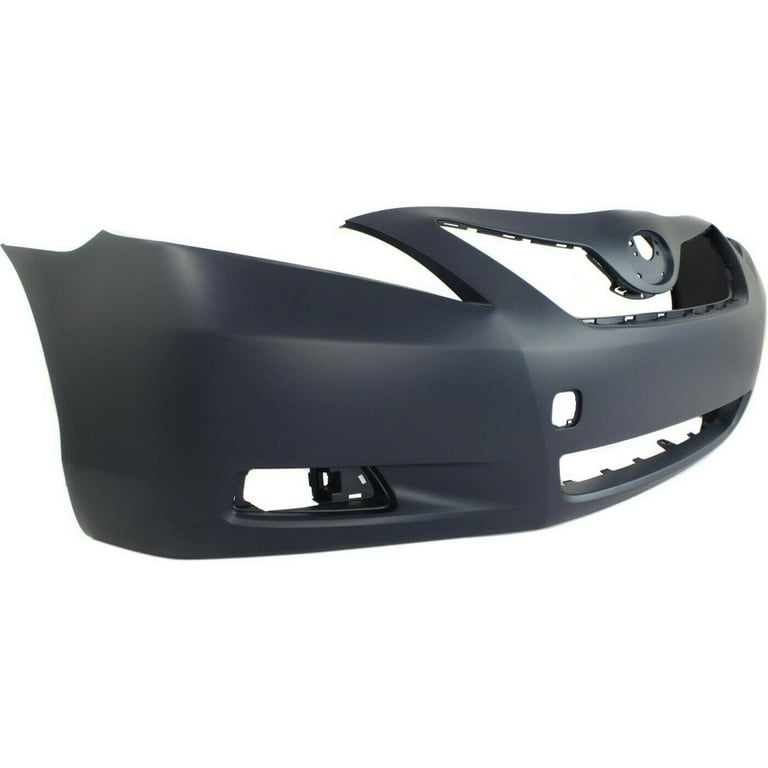2009 Toyota Camry Front Bumper Replacement Cost
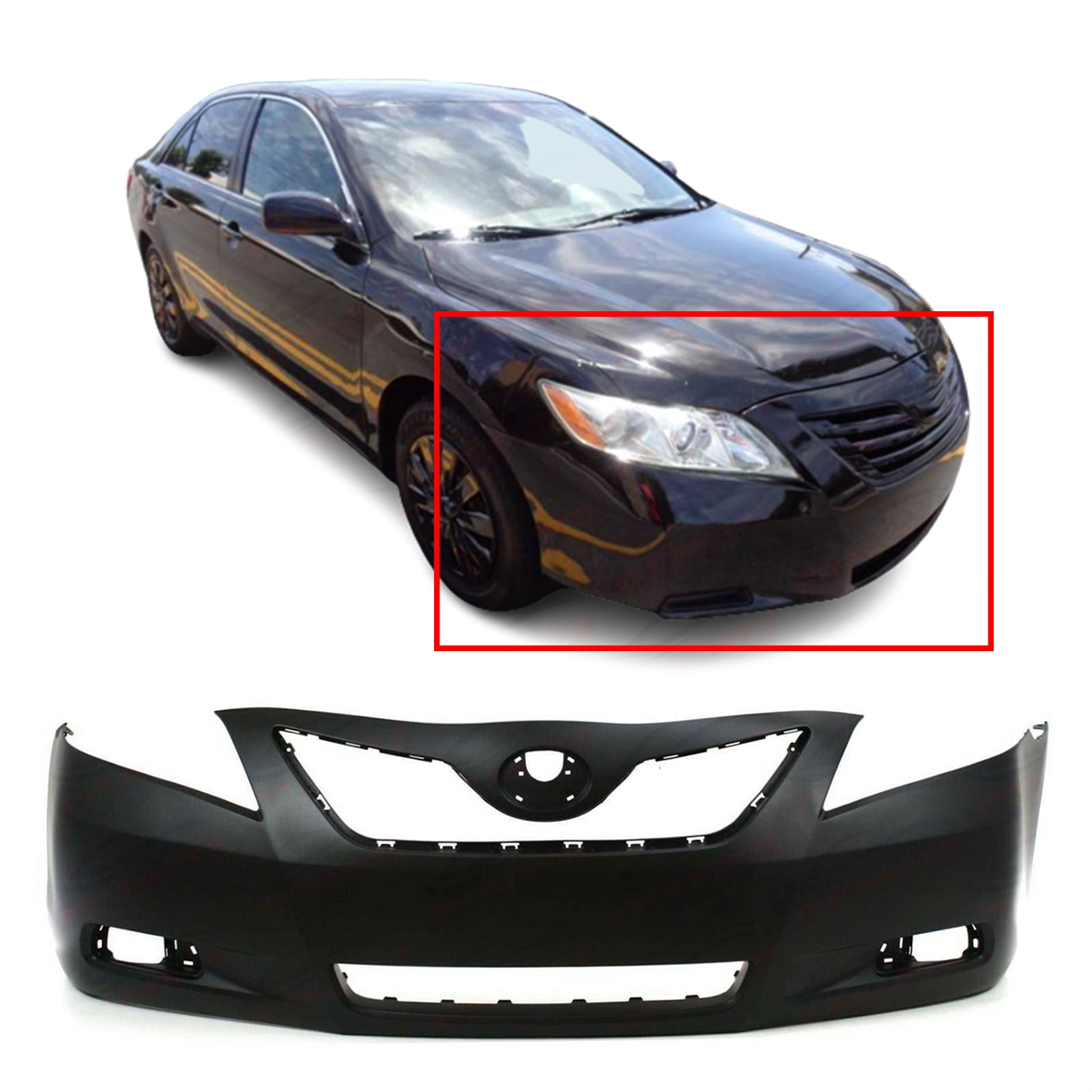
A damaged front bumper is a common automotive mishap, and for owners of the popular 2009 Toyota Camry, understanding the replacement cost is crucial for budgeting and repair decisions. The price can fluctuate significantly depending on several factors, including the type of replacement part used and the labor rates charged by the repair facility.
This article provides a comprehensive overview of the average cost to replace a front bumper on a 2009 Toyota Camry, exploring the different options available and the factors influencing the final price. Understanding these details allows Camry owners to make informed choices when faced with this repair.
Factors Influencing Bumper Replacement Costs
The cost to replace a 2009 Toyota Camry's front bumper is not a fixed figure. Instead, it varies based on several key elements.
Type of Replacement Part
The primary driver of cost is whether you opt for an original equipment manufacturer (OEM) part, an aftermarket part, or a used part. OEM bumpers, sourced directly from Toyota, typically command the highest price, ensuring a perfect fit and matching the vehicle's original specifications. Aftermarket bumpers are often cheaper but may vary in quality and fit.
Used bumpers can be the most economical option, but their condition is a critical consideration. Potential buyers should carefully inspect used bumpers for pre-existing damage or repairs.
Labor Costs
Labor costs also play a substantial role in the overall expense. Rates differ substantially between independent repair shops and dealerships. Dealerships usually have higher hourly rates reflecting their specialized expertise and access to OEM parts, while independent shops may offer more competitive pricing.
The complexity of the bumper replacement can also affect labor time. If additional components, such as sensors or lights, need removal and reinstallation, the labor hours, and consequently the cost, will increase.
Painting and Finishing
Many replacement bumpers arrive unpainted. This necessitates painting the bumper to match the Camry's existing color, adding to the overall expense. A quality paint job requires skilled technicians and proper materials, which contribute to the cost.
The complexity of the paint color can also impact the price. Metallic or tri-coat paints typically cost more to apply due to the extra steps and materials involved.
Average Replacement Costs
Based on data compiled from various sources, including repair cost estimators and automotive forums, the average cost to replace a 2009 Toyota Camry's front bumper ranges considerably.
Estimates suggest that the total cost, including parts and labor, generally falls between $300 and $800. However, this is a broad range, and the final price may vary depending on the factors mentioned above.
For an OEM bumper, expect to pay towards the higher end of the range, potentially exceeding $800 with painting and labor. Aftermarket options might bring the cost down closer to the $300 to $500 range, while a used bumper, if in good condition, could be the most budget-friendly choice.
Finding the Best Value
To ensure you're getting the best value for your money, it's advisable to obtain quotes from multiple repair shops. Be sure to specify the type of replacement part you're considering (OEM, aftermarket, or used) and inquire about any additional fees, such as painting or taxes.
Reading online reviews and checking the repair shop's reputation can also help you make an informed decision. A reputable shop will provide a detailed estimate and explain the repair process clearly.
Consider your insurance coverage. Depending on the circumstances of the damage, your auto insurance policy might cover the cost of the bumper replacement, minus your deductible.
Conclusion
Replacing a front bumper on a 2009 Toyota Camry is a common repair with costs varying widely based on several key factors. By understanding these factors and diligently comparing quotes, Camry owners can make informed decisions, balancing cost with quality and ensuring their vehicle is restored to its pre-accident condition.
Ultimately, carefully considering your options and seeking multiple estimates will lead to the most cost-effective and satisfactory solution.



